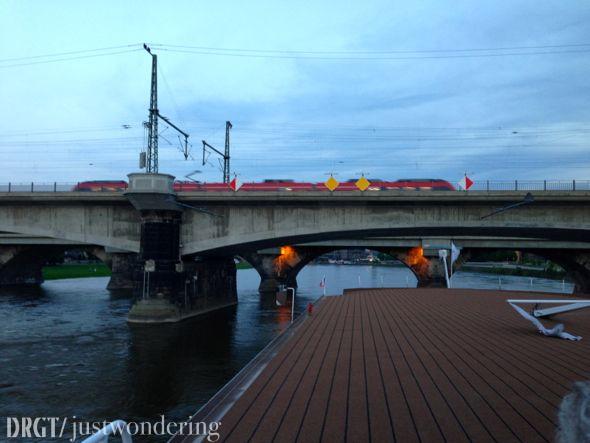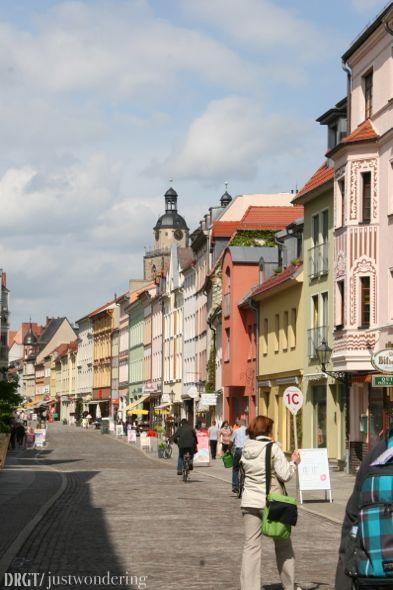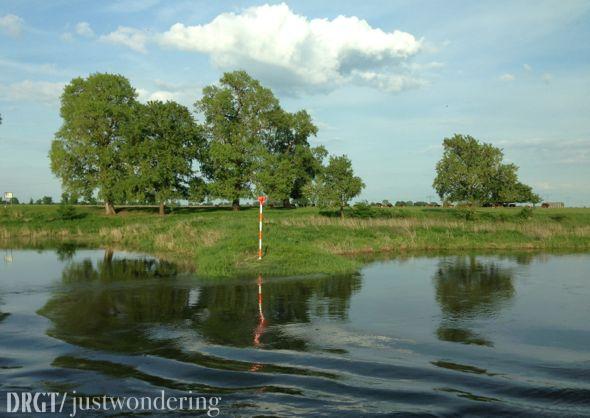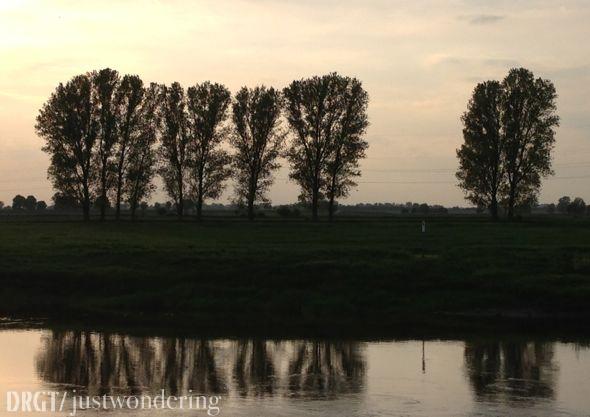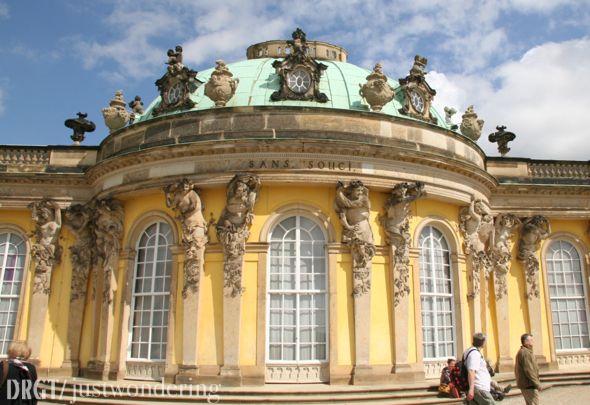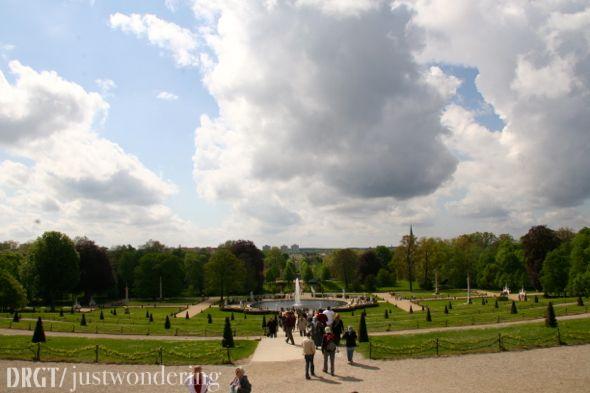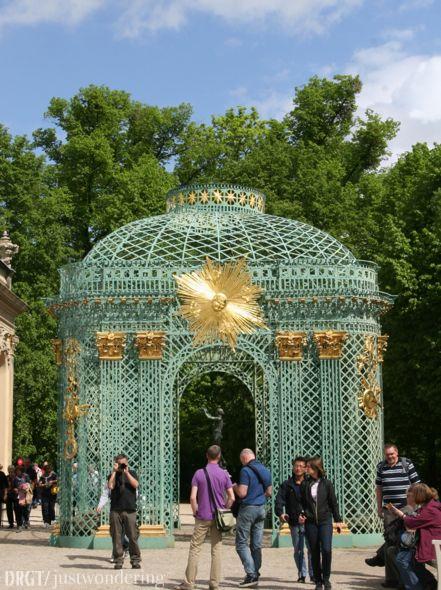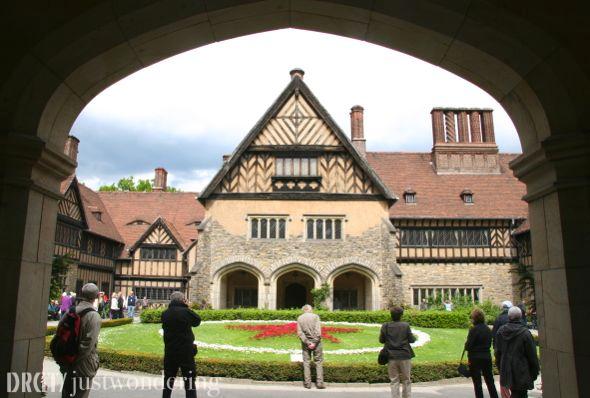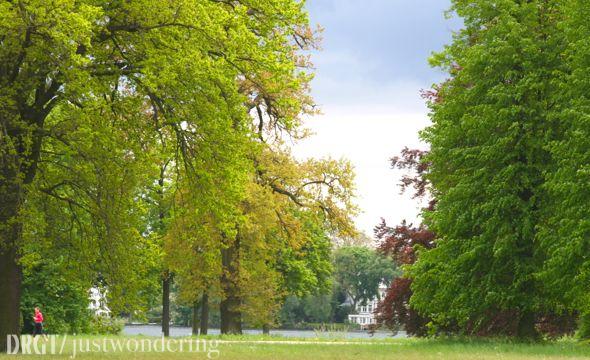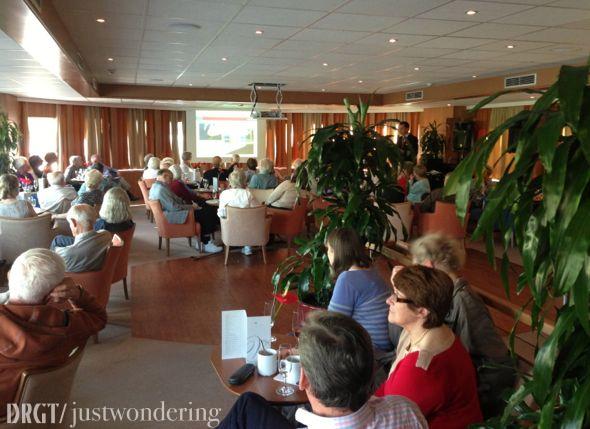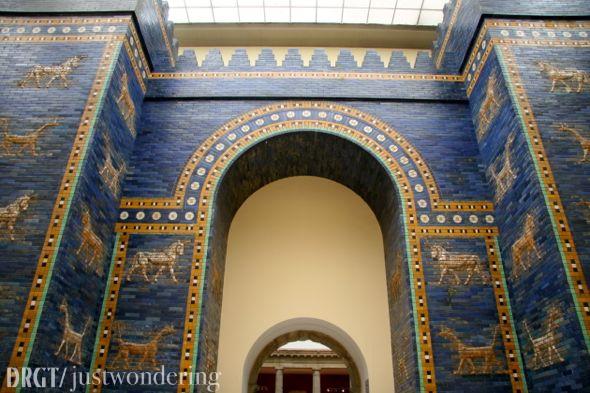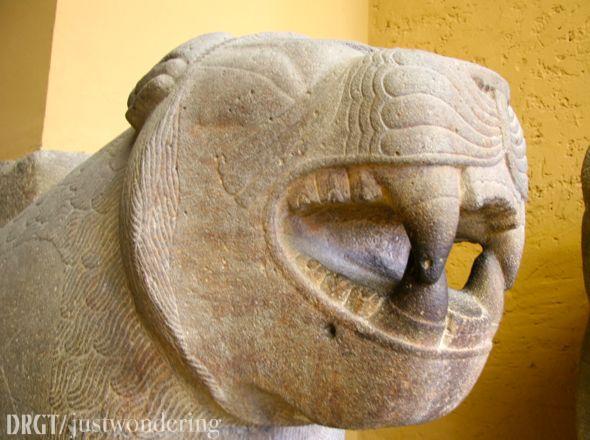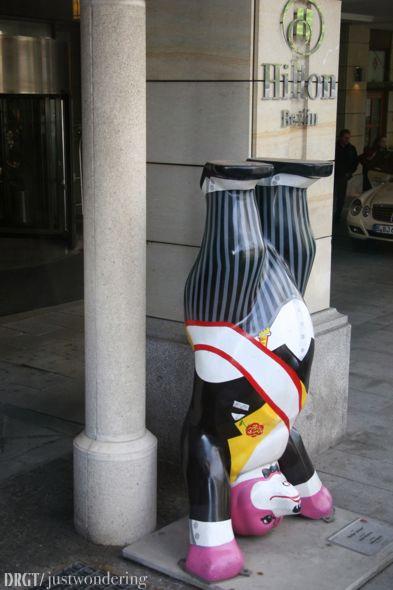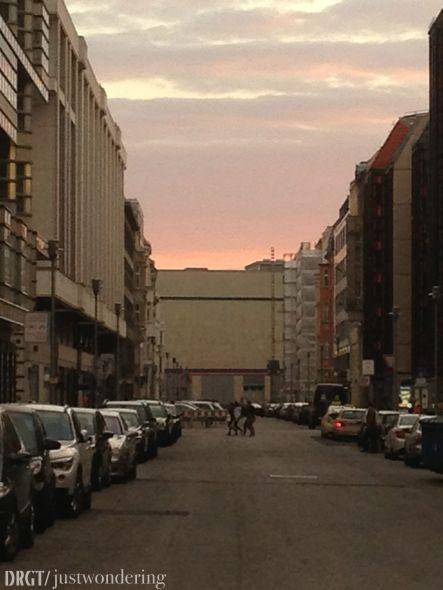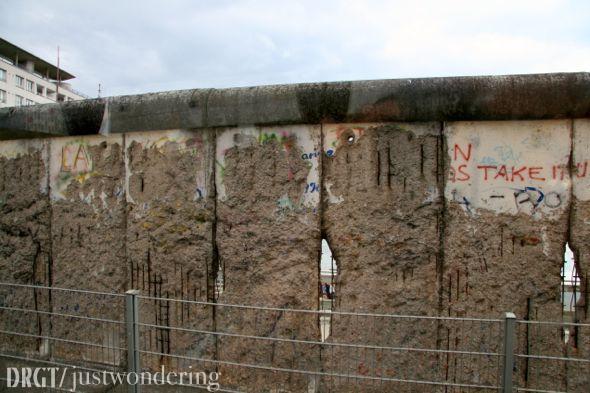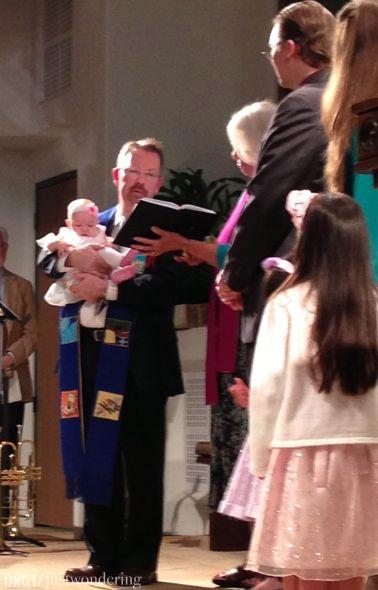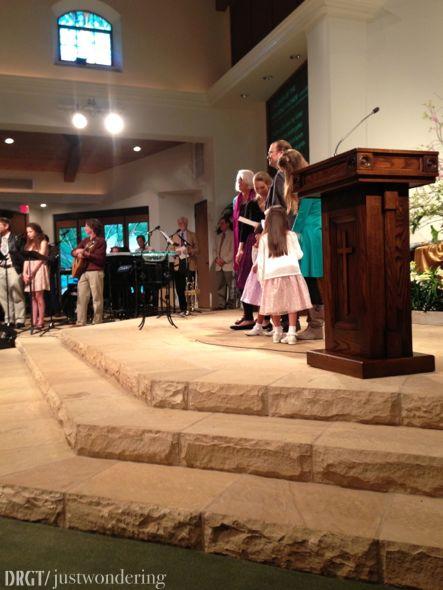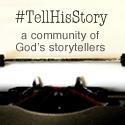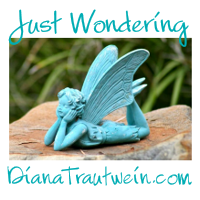You know what?
This will probably be the next to the last post in this series.
Amazing! I can imagine that you are relieved.
You will see a lot of church stuff in this post, especially
windows – both stained and painted glass —
from day 2 in Prague. Some pretty incredible whole-city views
will show up in the next one, those views from day 3.
SO glad we opted for that extension!!
If you really want to see the whole series,
here’s what you do:
Find Number 1 here,
number 2 here,
number 3 here,
number 4 here,
number 5 here,
number 6 here,
number 7 here,
and – whew!! – number 8 here.
The heat broke with a rainstorm during the night
and our 2nd day in Prague dawned bright and cool.
We asked directions to the castle complex, high on the hill,
and after a bit of a struggle to get a day pass,
we successfully rode the trolley —
and made a transfer!! —
and e v e r y t h i n g looked completely different
up there on that hill.
Nobody hanging on the guard box.
Hardly anyone in the square!
Easy line of sight to the noon guard change.
And time and space to really explore this vast cathedral
with my camera.
It costs to tour this place.
And it costs extra to take photos.
Dick opted to sit outside and wait,
and I just took my time and slowly made the large circle
around, peeking into the chapels,
marveling at the gaudiness of a local saint’s coffin and surrounding
silver angels, admiring the open architecture of the Gothic period.
Just scroll through and imagine you, too, are walking the
big circle that is the Cathedral of St. Vitus.
This was my favorite non-window piece of art in the whole place.
And that last look at Prague will also contain leaving and re-entry photos.



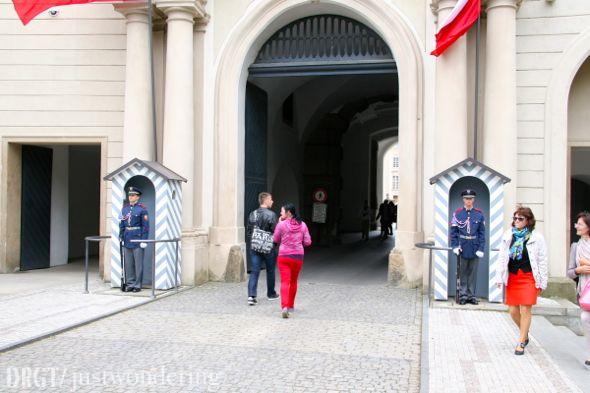




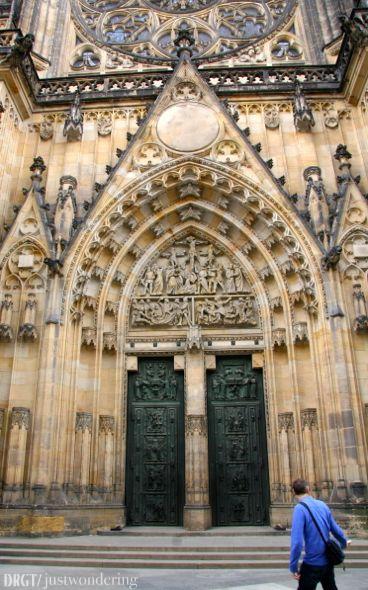











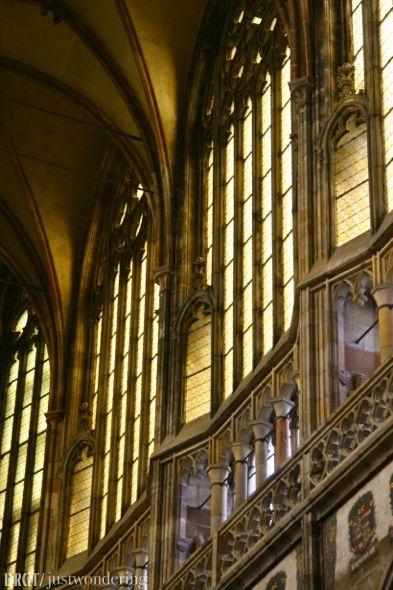

























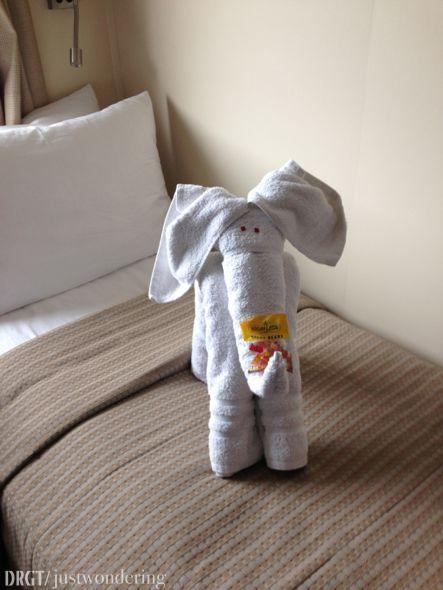






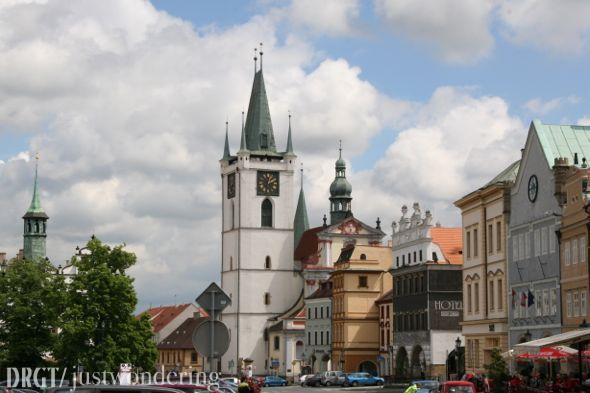
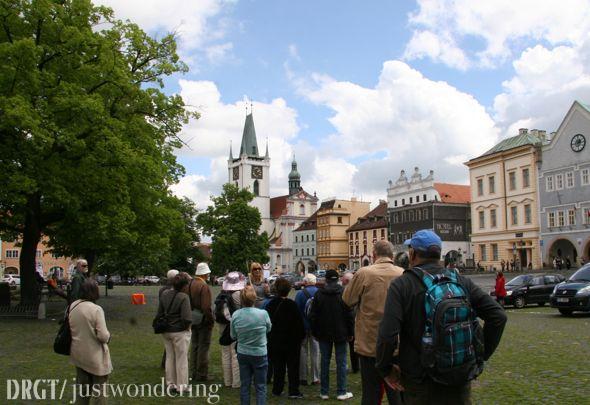

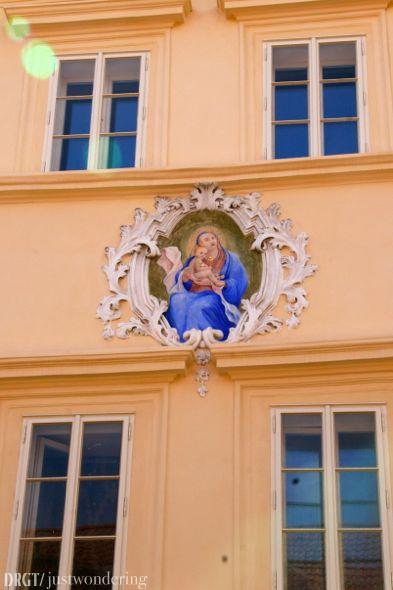













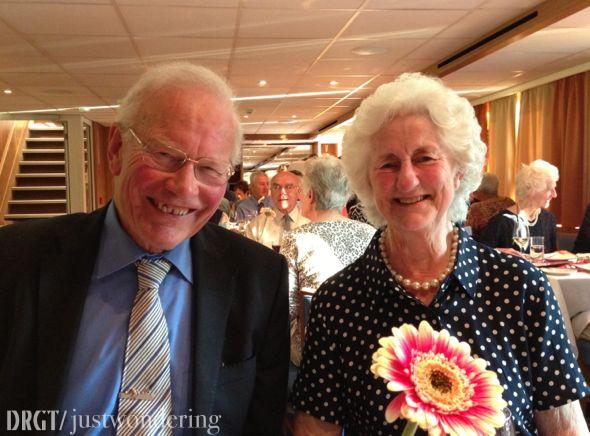












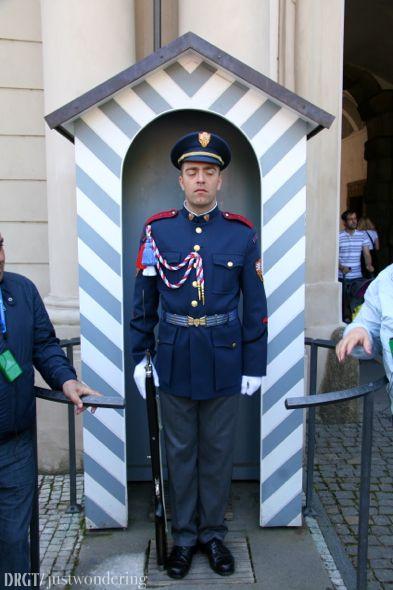













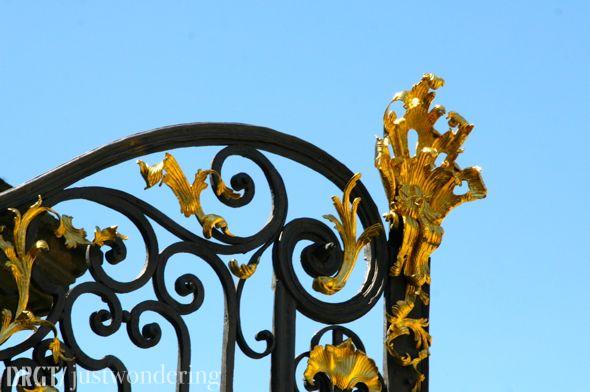



















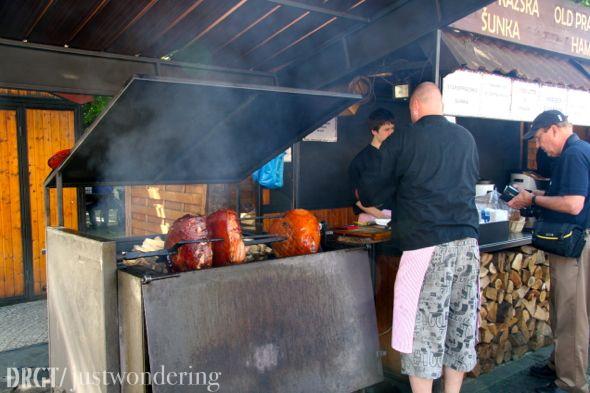







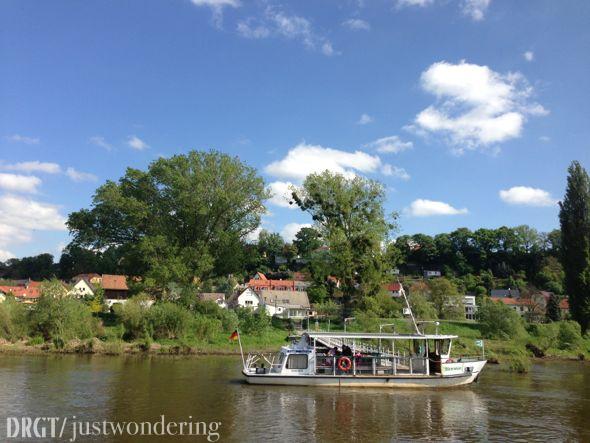





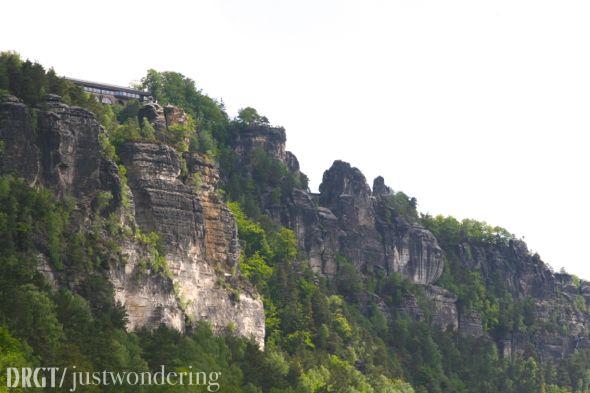













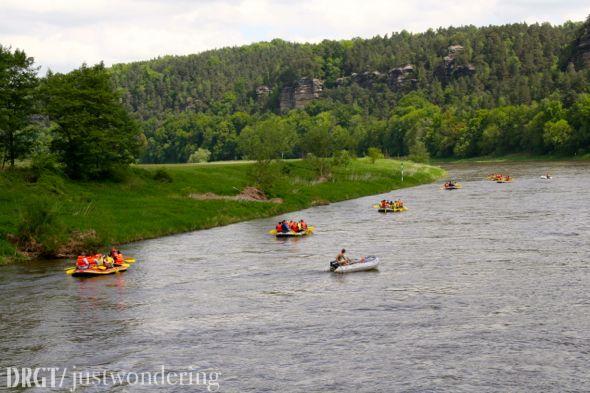



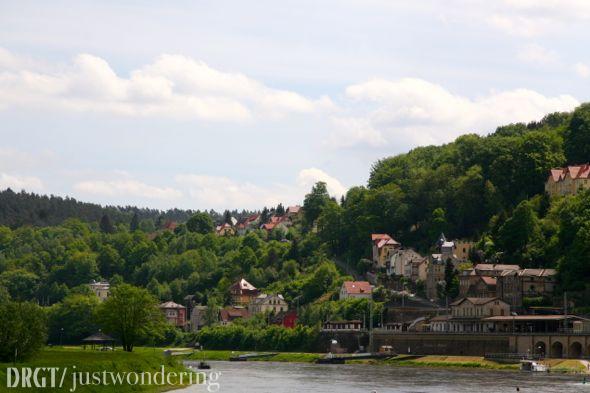











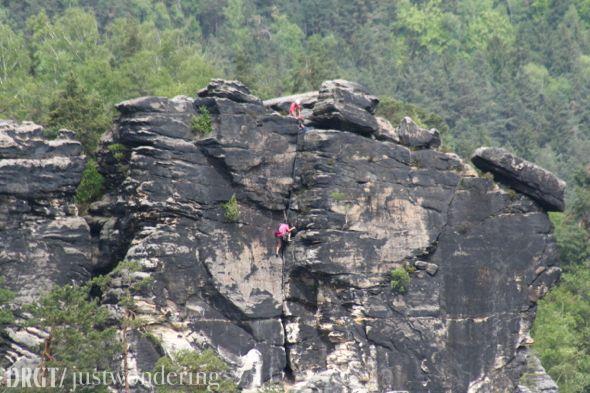
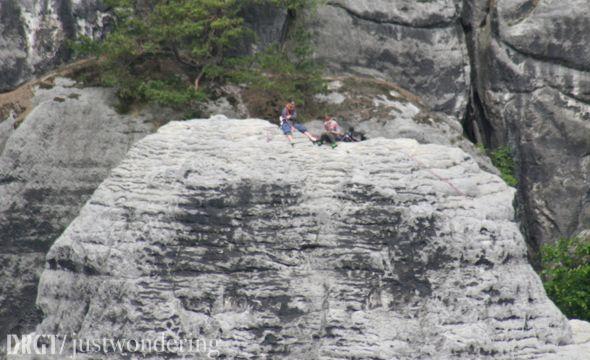






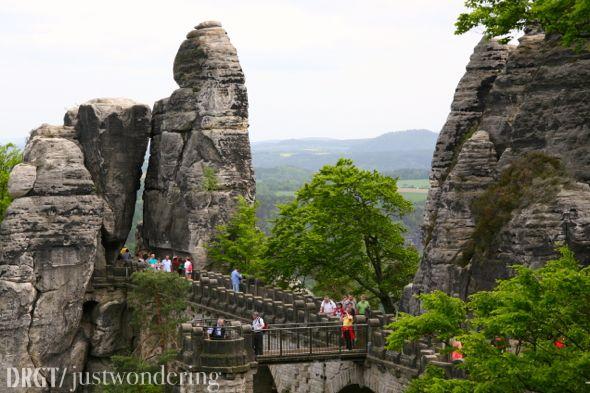
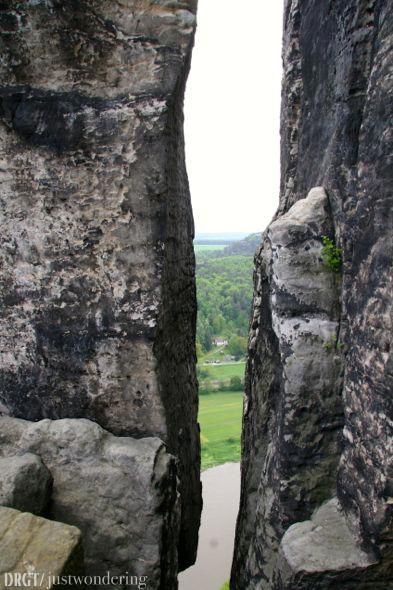
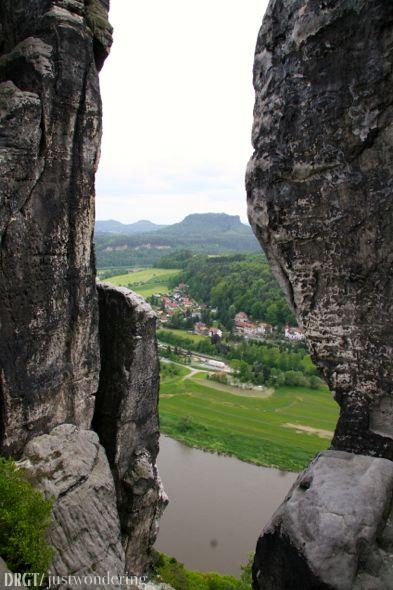
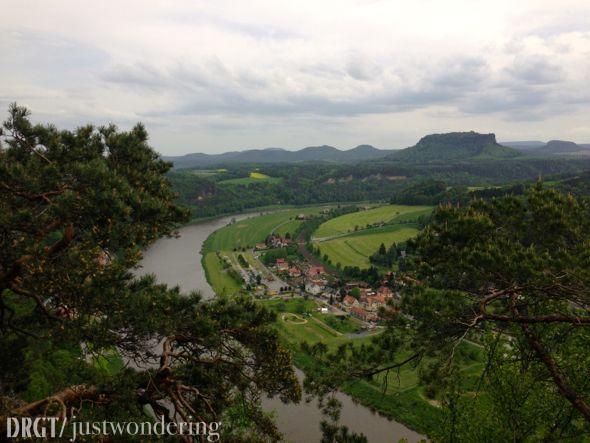





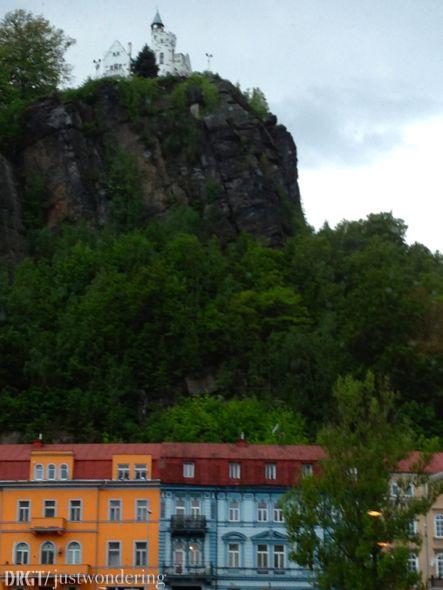




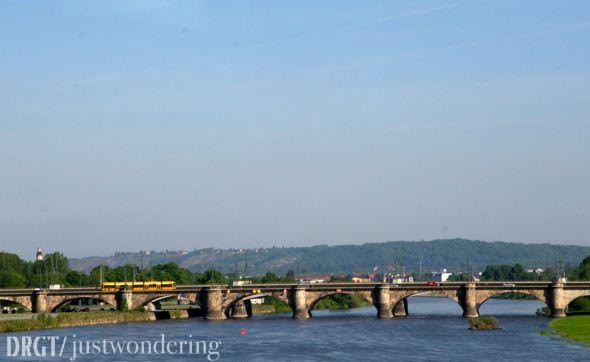




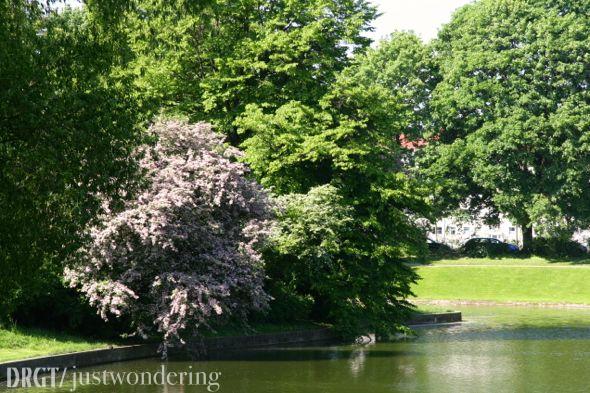










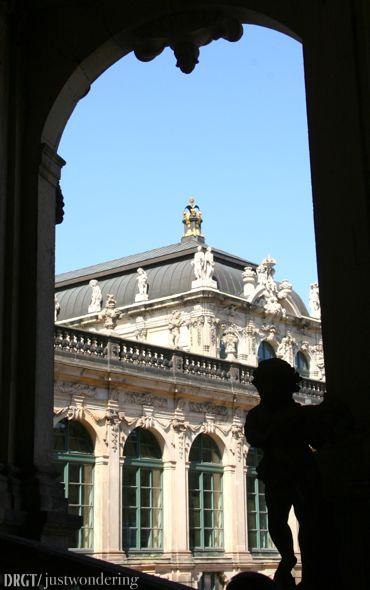









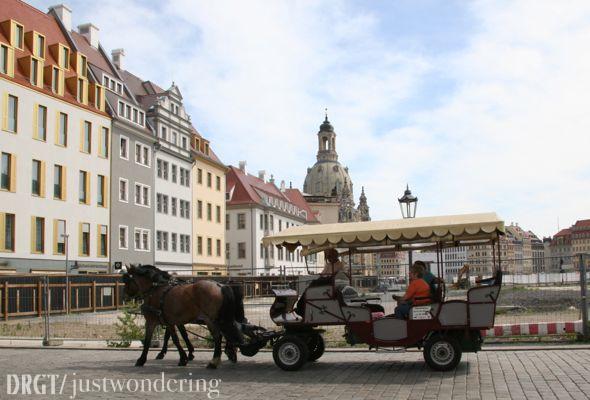


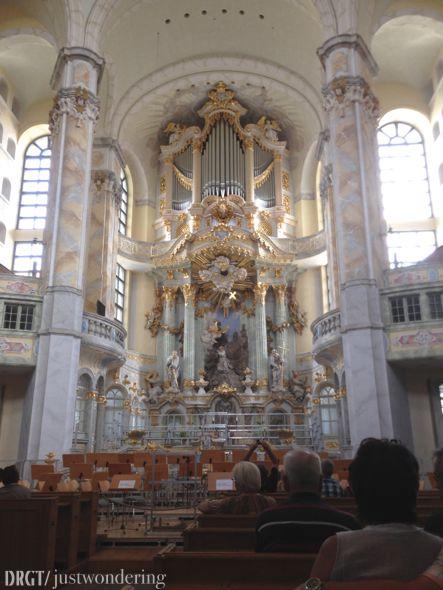














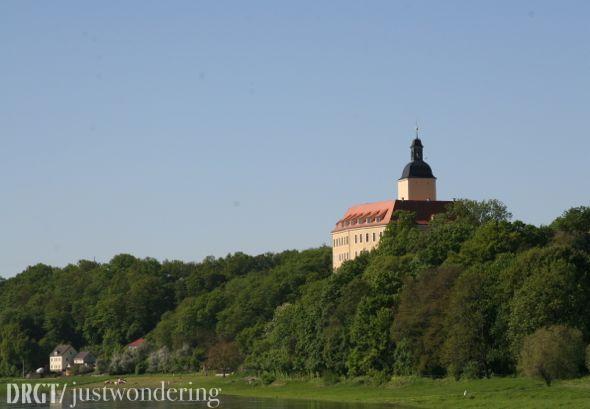


















































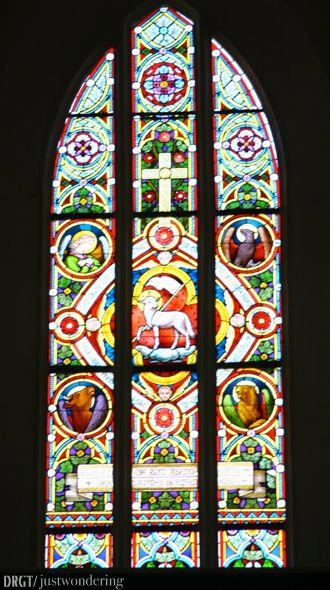 We thoroughly enjoyed our tour of this town and came back to the
We thoroughly enjoyed our tour of this town and came back to the
